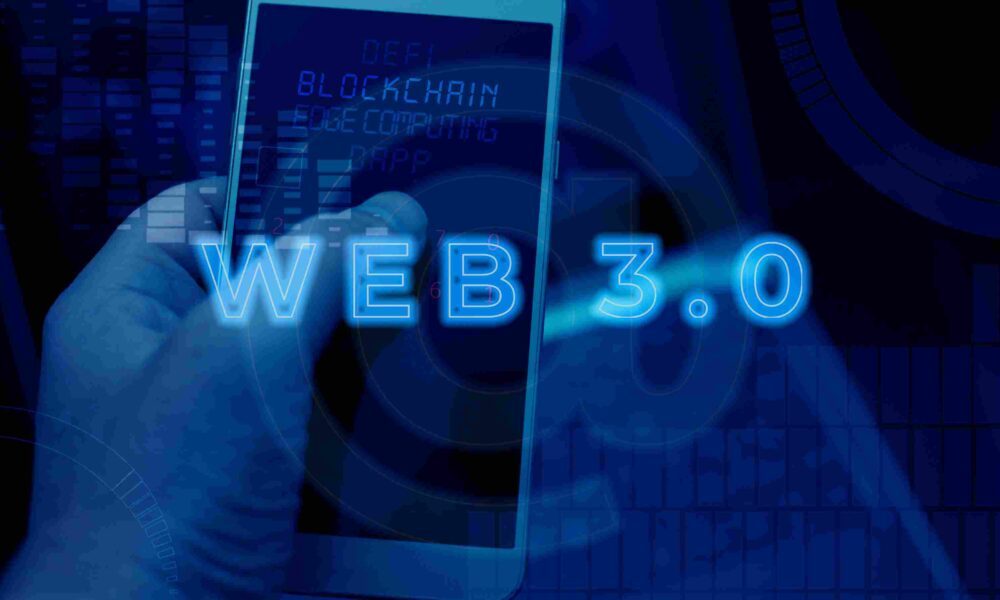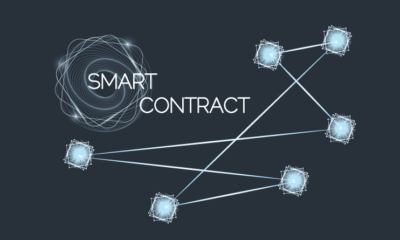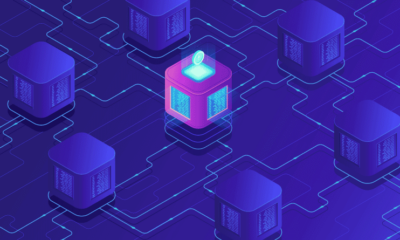
Did you know Web 3.0 has been around for a while, at least as a concept? Back in 2010, experts were divided on whether Web 3.0 would materialize in a decade’s time.
Fast forward several years, and we have seen massive leaps in cloud computing, artificial intelligence, and the blockchain, which have converged to make Web 3.0 actually viable. By 2028, the Web 3.0 blockchain market will be worth over $23 billion.
Here’s the meaning of Web 3.0, explained with examples.
What is Web 3.0?
Web 3.0 is a public network based on distributed ledger technologies and a semantic framework that enables decentralization, customization, immersiveness, and a token-based economy.
Web 1.0 (during the 1980s and 1990s) consisted of small individuals creating material for a broader audience. Then, Web 2.0 (the 2000s to the present) entailed millions of users creating content for an enormous audience. It places a greater emphasis on interaction and participation than Web 1.0, which prioritized reading.
Web 2.0 is an improved avatar of its predecessor since web browser capabilities such as JavaScript frameworks have been introduced. It is also more social, but with a few gatekeepers of its own.
It is the next stage in the evolution of the Internet, allowing it to interpret information in a near-human-like manner. In other words, Web 3.0 refers to a new, ugraded, decentralized internet ecosystem with no centralized authority.
Web 3.0’s implementation of blockchain technologies has the potential to revolutionize internet usage. It has the potential to provide an entirely new dimension to the Internet. In the form of non-fungible tokens (NFT), individuals may buy, hold, trade, and benefit from selling their digital content.
Several blockchain apps, like smart contracts and decentralized apps (dApps), will grow in popularity after Web 3.0 is widely adopted.
How does Web 3.0 work?
It is bereft of centralized databases that hold application data and a uniform web server which contains backend functions. Instead, there is a blockchain for creating apps on a decentralized state machine maintained by anonymous web nodes. Developers build the functionality of your applications using smart contracts placed in a decentralized state machine.
Users retain control of their content and information, enabling them to sell or trade their data without giving up ownership, sacrificing privacy, or relying on middlemen. Per this business model, users may access a website without documenting their online identity.
8 Key Features of Web 3.0
Web 3.0 will be characterized by eight features:
1. Decentralization via blockchain
How end users interact with digital technology will be transformed by Web 3.0’s reliance on blockchain-based technologies. With Web 3.0, a blockchain-based cryptocurrency is developed to recompense content creators, who would receive tokens whenever a user viewed their work. In addition to facilitating transactions, censorship resistance, anonymous peer-to-peer data storage, and app sharing, the blockchain will allow smart contracts.
2. Compatibility with IoT
Interactivity and interconnectivity will set Web 3.0 apart from its predecessors. The Internet of Things (IoT) is, in many ways, the epitome of connectivity; users can access data from a wide range of applications at any time and place, hence increasing user engagement. As a result of decentralized information access, we will no longer be confined to laptops, desktops, and cellphones, but will be able to proceed to smart devices — powered by, and linked to each other through IoT.
3. Semantic knowledge architecture
Web 3.0 features the “semantic web” as a foundational element. Tim Berners-Lee used the term to refer to a hive (or network) of data that robots can truly comprehend, as opposed to merely quantifying. In Web 3.0, semantic graphs will boost data transfers. It will aid in educating the machine on the meaning of the data, allowing artificial intelligence to develop real-world apps that make better effective use of the data.
4. Artificial intelligence (AI) driven
The next significant technical driver for Web 3.0 would be AI. AI underpins several of Web 3.0’s most noteworthy features.
For example, the semantic web aims to facilitate collaboration between individuals and machines through voice, text, as well as other interfaces. Natural Language Processing (NLP) is an AI subfield that allows the semantic analysis of data. It will be significantly more intuitive than it is now as a result of the convergence of AI, NLP, and the semantic web.
5. No owner or gatekeeper
Distributed and decentralized networks are essential components of the Web 3.0 architecture, allowing users to trade or share information without the need for mediators, institutional ownership, or privacy concerns. Every peer-to-peer transaction will be stored on a distributed ledger or blockchain. Participants may check transactions without requiring a gatekeeper; possible uses include money transfers, voting, and settlements.
6. Immersive technology and spatial computing
3D graphics is another characteristic that differentiates Web 3.0 from Web 2.0. The three-dimensional design makes it possible to create a much more realistic and fascinating virtual space.
Some industries, such as architecture, gaming, property investment, e-commerce, and tourism, have utilized 3D visuals for product and service advertising. It is said that the spatial web is the next generation of Web 3.0, which would eliminate the distinction between the physical and digital worlds.
7. Metaverse-readiness
The future avatar of the internet may be seamlessly incorporated into a virtual world, allowing for the construction of 3D environments – the metaverse. While users have the option to engage with Web 3.0 either as 2D or 3D, 3D graphics will provide a whole new foundation for engagement and immersiveness.
8. Changes in data management and monetization
Web 3.0 enables users to monetize their data through decentralized data networks while retaining total control. The data can be stored simultaneously in several locations and become decentralized, since its placement is determined by its content rather than its physical location. This would empower individuals by eliminating the enormous databases now housed by tech giants such as Google and Meta.
The Importance of Web 3.0 in the World of Computing
It will take a different route from Web 2.0, which emphasizes large volumes of data, by placing a greater focus on the user. Individuals will have a greater influence over their material and the revenue generated from its use or sale.
Here are 5 reasons why Web 3.0 is so revolutionary:
- Improving search engine optimization: The semantic knowledge graph allows businesses to optimize their websites for search engine results in an extremely organic way, as opposed to utilizing sophisticated keyword strategies.
- User-centric data operations: Users will have immediate access to data under all circumstances as a function of decentralized information storage. Encryption will enhance end-user security, and monetization will be far more ethical.
- A new economy: Because of the involvement of intermediaries, most content producers struggle to recognize the true worth of their works. The features, like tokenization, may provide substantial benefits and establish their own economy.
- Stability gains: It promises to be more reliable due to its decentralized architecture, which eliminates single points of failure.
- Greater transparency: The decentralized web permits users to track their data and examine the source code of a website.
Examples of Web 3.0 Use
There are numerous examples of how Web 3.0 will influence businesses; the first is the rise of decentralized finance (deFi) apps.
Currently, the list of decentralized finance (Defi) applications is rather extensive. Incorporating Web 3.0 will considerably improve the present infrastructure and capabilities of these apps. As a result, it will allow IT teams to develop new decentralized financial systems that ensure fast and secure transactions with no capacity, or even other limitations.
It will also transform the use of cloud storage. The complexity of data management is reduced significantly with Web 3.0. It’s an accessible, democratic, and decentralized ecosystem that grants users extraordinary data control privileges. Even before uploading, it will dynamically encrypt your files to prevent unauthorized access to important data.
It is one of the most notable trends of the next five years. For more insights, don’t forget to check out our roundup of the top crypto trends for 2023.








